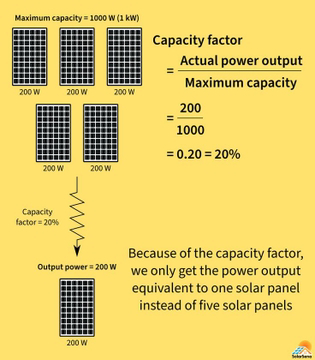1. Motor Will Not Start Properly: A three-phase motor relies on the rotating magnetic field created by the three-phase current to start and run. A single-phase supply only provides a pulsating magnetic field, which is insufficient to create the necessary torque for the motor to start. As a result, the motor may fail to start or will start very slowly.
2. Reduced Performance: Even if the motor manages to start (with the help of special starting circuits or capacitors), it will only run inefficiently. It will experience a significant drop in torque and will not operate at its rated power output. The motor may struggle to handle even moderate loads.
3. Overheating: Running a three-phase motor on a single-phase supply causes an imbalance in the motor's windings, leading to excessive current draw on the single phase. This can cause the motor to overheat and potentially damage the motor windings due to the higher current draw and lack of proper cooling.
4. Possible Damage to the Motor: Prolonged operation under these conditions can lead to damage to the motor windings, insulation breakdown, and overall motor failure.
Mitigating the Issue:
Phase Converters: In some cases, a phase converter (rotary or static) can be used to simulate a three-phase supply from a single-phase source. This can allow the motor to start and operate under more appropriate conditions.
Capacitor Start Motor: Special arrangements like a capacitor can be used to provide phase shift, helping the motor to start, but this is usually a temporary fix and doesn't provide the same performance as a true three-phase supply.
In summary, running a three-phase induction motor on a single-phase supply is not recommended because it leads to poor performance, overheating, and potential damage to the motor. A proper three-phase supply or a phase converter is necessary to run such a motor effectively.















